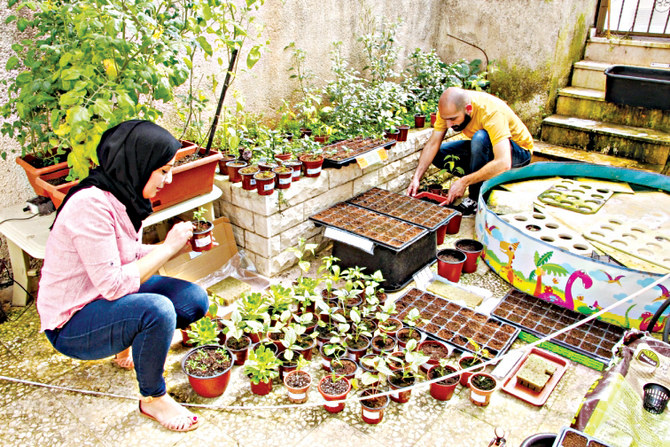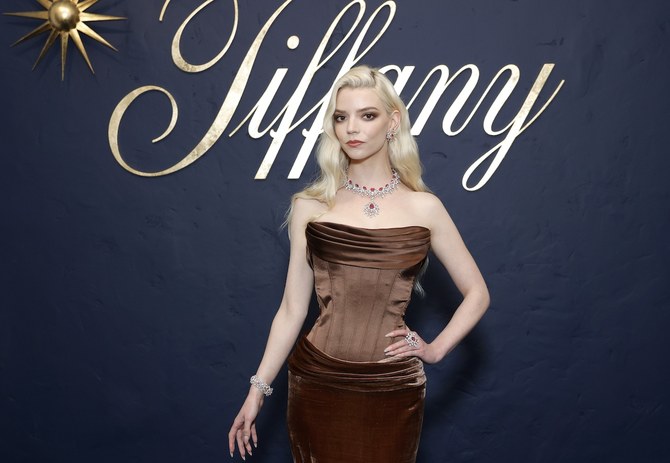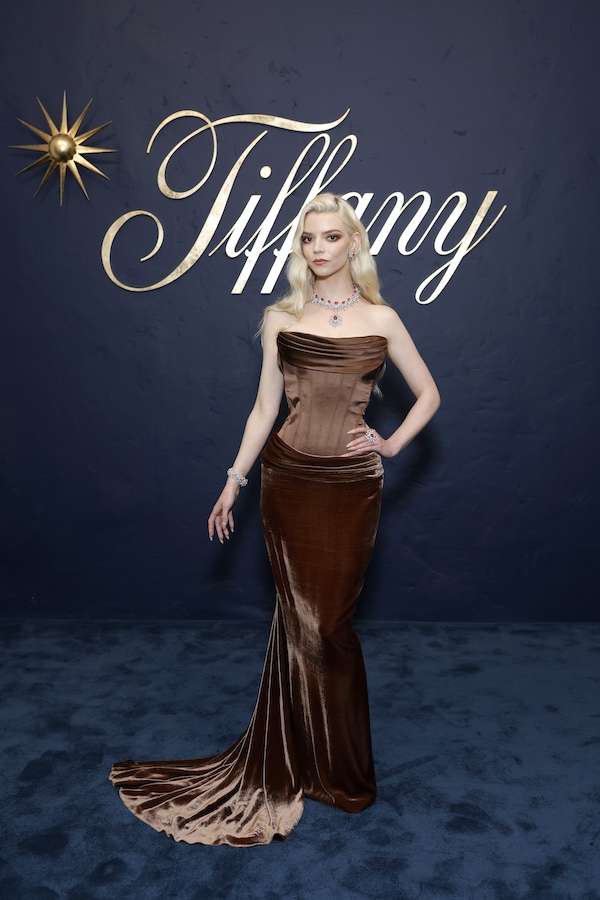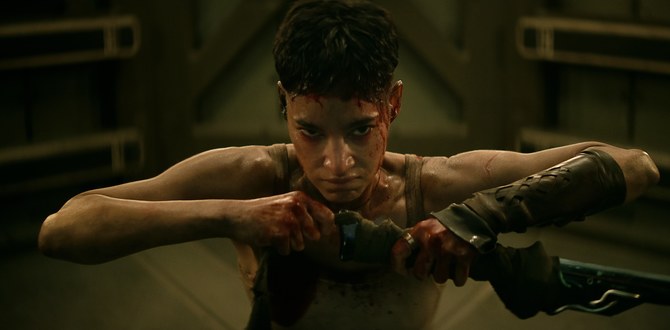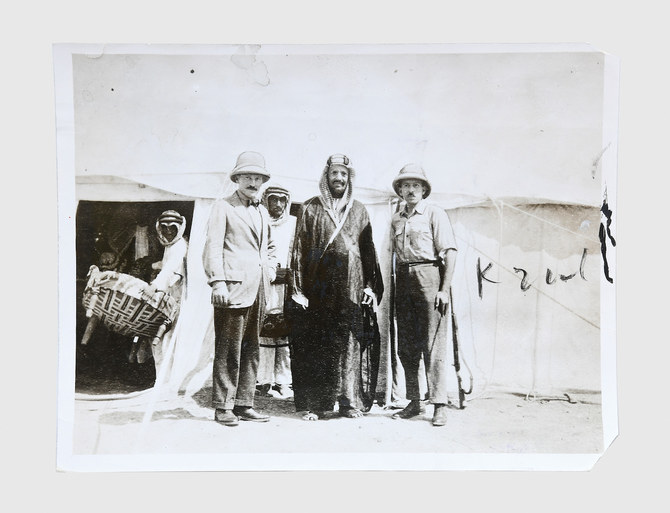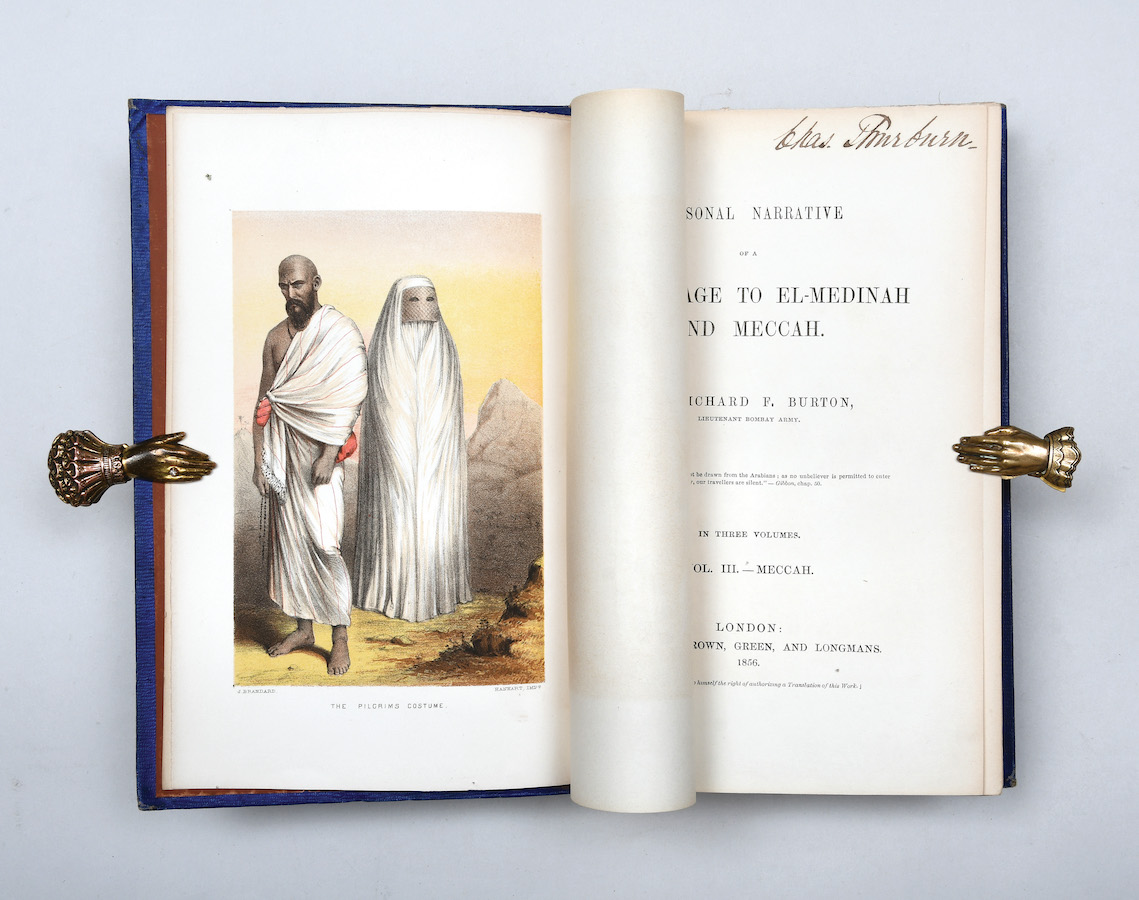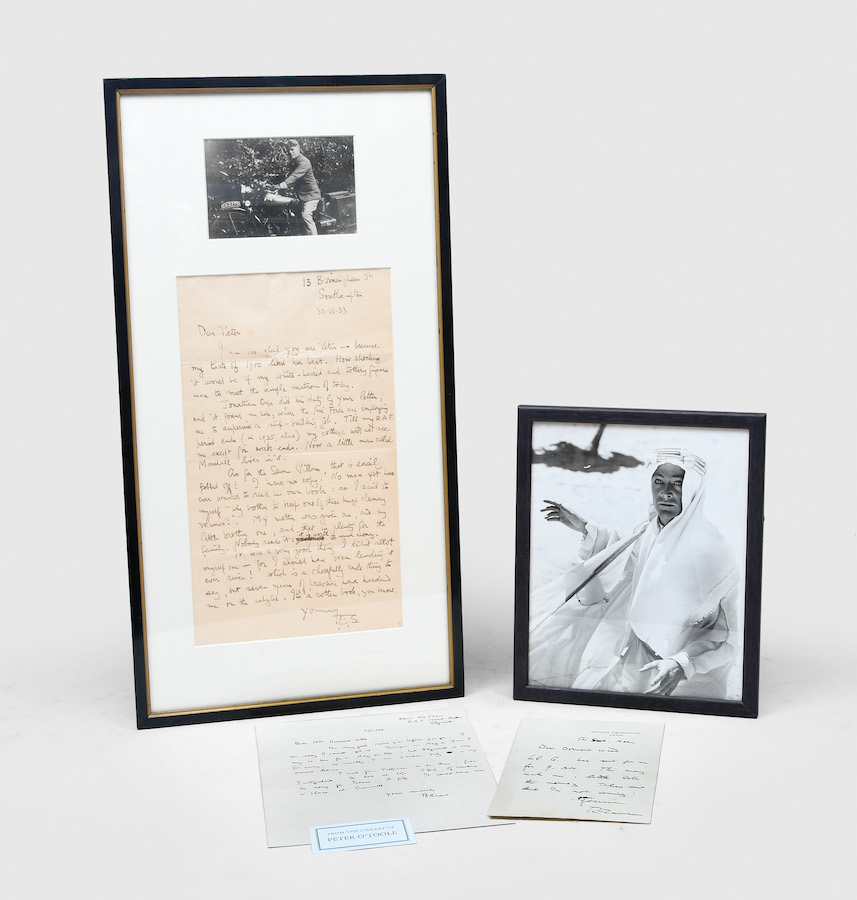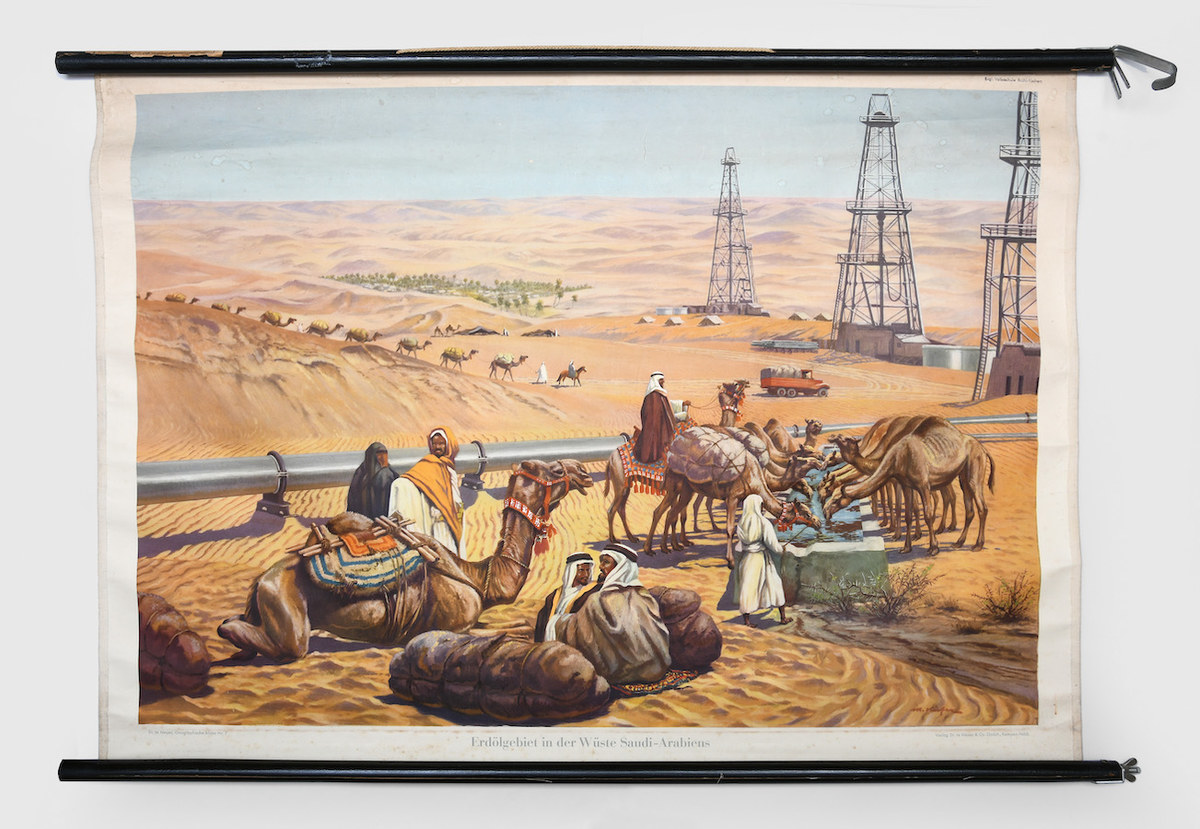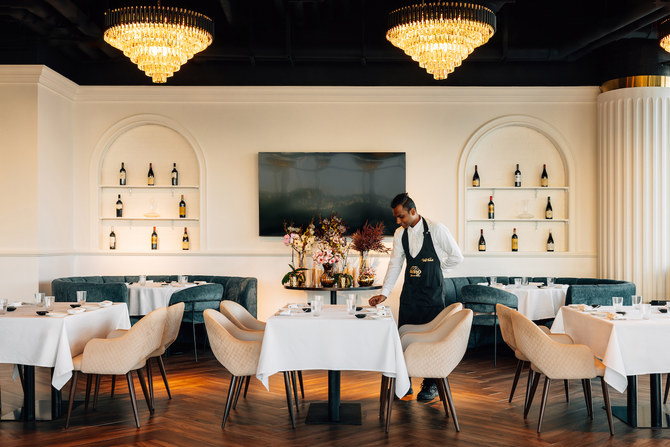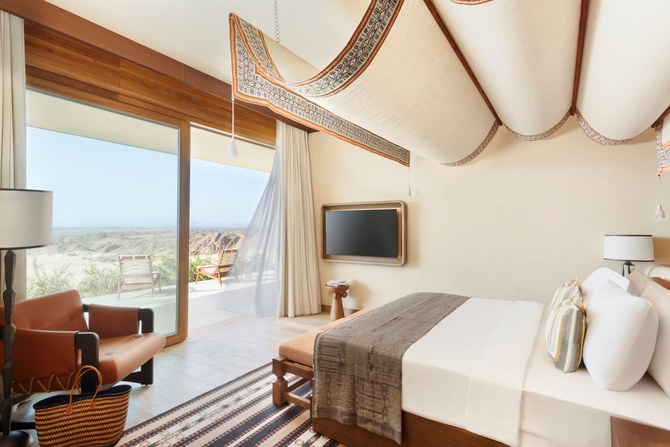AMMAN: Israeli curbs on Palestine have hit all types of economic activity but especially agriculture, with water restrictions severely affecting farmers.
Seeing the poor state of many Palestinian farms, Maroof Rabba’, a Nablus-based accountant, began to teach himself aquaponics, a technique that combines hydroponics — the cultivation of plants in water — and fish farming.
Rabba’, a skilled linguist, became a master of the craft by reading books in Italian and English, and researching online.
“There is very little material on the subject in Arabic,” said Rabba’, 43. “I was in contact with many experts worldwide, and they helped me start my project.”
His company, Petrichor Aquaponics, today operates an 80 square meter greenhouse, and has drawn a strong response locally and internationally, especially from farmers and potential investors
“People are now more familiar with the concept. In Palestine, we have a lot of agricultural challenges because of political, environmental and ecological problems, especially lack of water,” Rabba’ said.
Remarkably, aquaponics requires a mere 10 percent of the water used in conventional agriculture. Greenhouses are transformed into huge fishponds where fish and plants exist symbiotically. A biofilter converts ammonia from fish droppings into nitrates that serve as fertilizer. The plants also clean the water, which means it can be reused indefinitely.
“We don’t use any chemicals,” Rabba’ said.
Unable to import machinery for this system due to Israeli restrictions, Rabba’ learned to design and make the equipment himself.
“Electronics and programming are other hobbies of mine,” he said.
Tomatoes, for example, need eight hours of sunlight a day, so LED lighting is essential to ensure crops get sufficient light, especially during winter.
“The system is automatic. I set the controls and it operates itself,” Rabba’ said. “An aquaponics system without controls and timers isn’t going to work.”
The farm is home to two species of fish. The long-living koi are bred to make fertilizer, and also for sale to pet shops and aquariums. Tilapia are bred for food consumption, as well as to create fertilizer.
The farm also grows hot peppers, which are sold to shops in Nablus and mostly used to make shatta, a popular hot sauce.
“The peppers provide a good source of income for us,” says Rabba’, whose wife, Suhad, and sister, Ghada, act as partners in the project.
By the end of 2019, Petrichor will move to premises that will be around three times the size of its current farm.
“I’m going to focus on rarer products, such as herbs for natural medicine and saffron,” Rabba’ said.
“If you produce these herbs via conventional farming, it’s expensive, whereas my method is cheaper and organic, too.”
He also plans to build a farm in the remote countryside west of Nablus where no water or electricity is available.
“It has an ideal climate. I will bring water and use solar panels for power,” Rabba’ said. “The farm will have a smart system that will allow it to operate on its own. As well as growing crops, it will be a place to test new aquaponic systems.
“I will design and implement similar projects for local farmers that will provide another source of income for my company.”
Rabba’ aims to quit his regular job with the Nablus municipality and devote himself full time to his startup, which he has funded with his own savings.
“That wasn’t easy because it cost a lot when I was trying to make the machines and was experimenting with the processes,” he said.
“It took quite a while to perfect the systems. I made a lot of mistakes while learning. As I developed my knowledge, I lost less money, and as the project developed, I began to make money from crop and fish sales.”
* This report is being published by Arab News as a partner of the Middle East Exchange, which was launched by the Mohammed bin Rashid Al Maktoum Global Initiatives and the Bill and Melinda Gates Foundation to reflect the vision of the UAE prime minister and ruler of Dubai to explore the possibility of changing the status of the Arab region.



